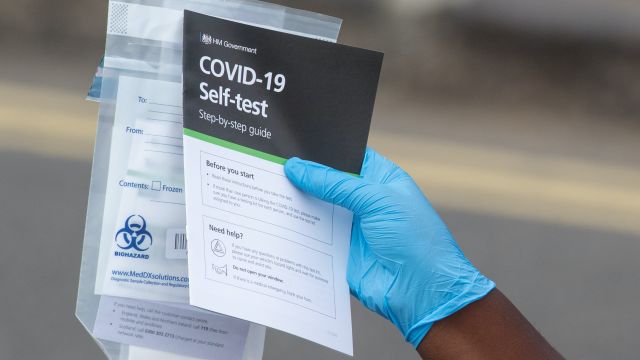Dr Michael Ryan, executive director of the WHO Health Emergencies Programme, said the “next phase” as economies began to reopen was identifying those who were infected and stopping chains of transmission.
He told a webinar hosted by Chatham House on Wednesday that this required a “deep partnership” between public health authorities and the community.
How do we avoid lurching back to widespread lockdowns?
And what do we need to do from a public health and behavioural point of view to avoid that reality?
‘There are no correct answers to these questions, there are only choices and trade-offs.’ @DrMikeRyan #CHevents
1/2 pic.twitter.com/xqjuVL3G9f— Chatham House (@ChathamHouse) September 30, 2020
“And some countries have got that very right, some countries have not got that so right,” he said.
“The central pillar of that remains your capacity to identify cases, test suspect cases, isolate those positive cases, identify their contacts and ensure that those contacts are quarantined or tested as necessary.
“It is still the central pillar. And I do believe that not all countries have reached the point where they can do that effectively.
“And now we’re getting back to a situation where we’re starting to see wider spread community transmission and losing sight of the virus again.
“My biggest fear is that we’re losing sight of the enemy, in that sense, by not having the surveillance systems in place, and when you cannot see where your enemy is, your responses can only be blind.”
"Science is giving us solutions, in the form of new #COVID19 tests, therapeutics and – hopefully – a vaccine.
But science and solutions will be ineffective without solidarity"-@DrTedros #ACTogetherAdvertisement— World Health Organization (WHO) (@WHO) September 30, 2020
When asked if it was a mistake encouraging people to return to work, Dr Ryan said that what was needed was finding a “sweet spot” and balance between a complete lockdown and reopening economies.
“I think it’s not that the reopening has caused the disease to spread, it’s not the case, reopening was always going to cause the disease to have a chance to rise up,” he told the webinar.
“The question was, did we have the risk management measures in place to deal with that reality?
“Otherwise it’s just close, disease goes away, open, disease comes back, and then we’re open, closed, open, closed.
“The only thing that changes that cycle is effective public health surveillance and effective community action.”







